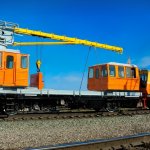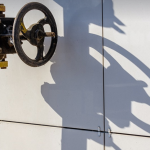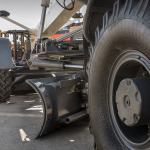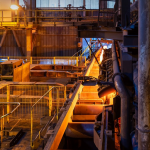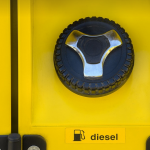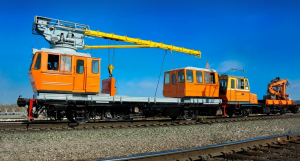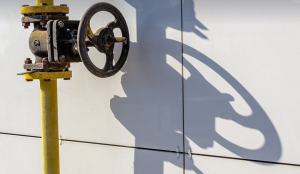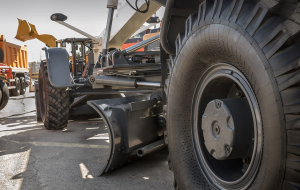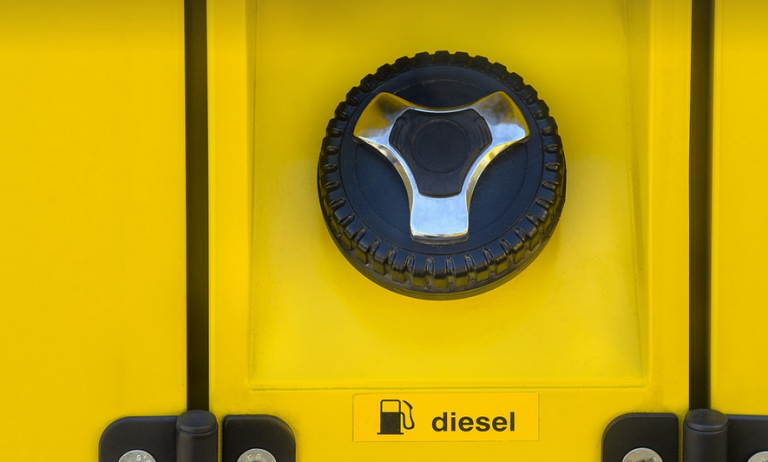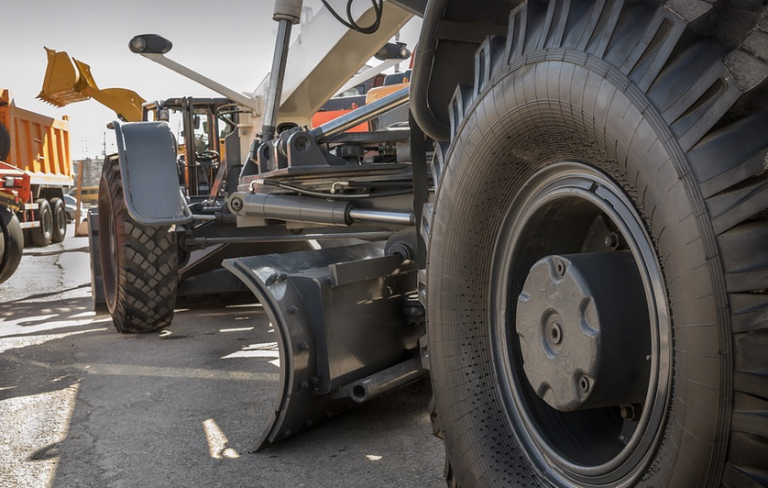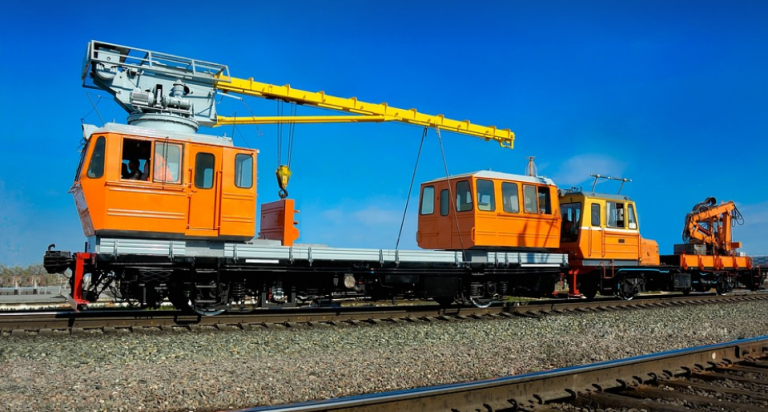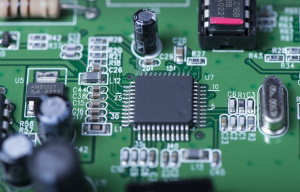Mastering the Art of Overhead Welding
Overhead welding, a demanding yet rewarding skill, is often associated with intricate projects and diverse challenges. It requires precision, patience, and an understanding of proper techniques to achieve seamless welds that withstand stress and harsh conditions. In this guide, we’ll delve into the intricacies of overhead welding using 7018 electrodes, unraveling secrets for success in every arc.
The 7018 electrode, with its high deposition rate and excellent weld penetration, is a workhorse in various industries. You can find it commonly used for thick plate welding, structural steel construction, and even automotive repairs. However, mastering the art of wielding this versatile material above requires a dedicated approach.
Overcoming the challenges of overhead welding stems from understanding its unique characteristics. The most notable of them is the inherent need to control heat input and maintain consistent weld quality while working at an elevated height. This process demands careful attention to the welder’s position, arc settings, and electrode manipulation.
Understanding the Fundamentals
Before diving into specific techniques, it’s essential to establish a solid foundation. Knowing the fundamentals of overhead welding is crucial for achieving success. The key principles include:
- **Welding Positions:** The most common positions used in overhead welding include vertical (the welder is standing perpendicular to the workpiece), horizontal (the welder works parallel to the workpiece), and overhead (the welder’s position is above the workpiece). Understanding these positions and their associated challenges will significantly impact your overall performance.
- **Arc Settings:** The arc settings, such as voltage, current, and shielding gas flow rate, play a critical role in controlling weld penetration, bead appearance, and overall weld quality. Finding the ideal balance for various materials and applications is key to achieving optimal results.
- ** electrode manipulation:** Proper electrode manipulation, including its proper feeding rate and arc control, ensures that you achieve a uniform weld bead with the desired depth. This skill becomes critical in situations where welding is done on curves or angles, as precise control becomes essential for quality output.
By mastering these fundamental principles, you’ll be well-equipped to tackle the intricacies of overhead welding, laying down a solid base for success. The next level involves understanding the specific challenges and solutions associated with using 7018 electrodes in various scenarios.
Tackling the Challenges
Working at an elevated height demands a unique set of skills when it comes to welding, as traditional techniques may not always translate effectively. The primary challenge lies in maintaining control over the arc and electrode while dealing with gravity’s pull on the workpiece. This requires a strategic approach to ensure both safety and quality.
Here are some key challenges and solutions for overhead welding using 7018 electrodes:
- **Stability:** For optimal stability, choose a sturdy welding setup and work with steady posture. Invest in a stable chair or workstand that provides a firm platform to maintain control over the welding process.
- **Heat Input Control:** To prevent distortion and excessive heat buildup, carefully adjust your electrode angle and amperage settings. Focus on keeping down the heat input, as this can affect weld quality and lead to warping of the metal.
- **Arc Length and Shielding Gas:** Maintain a consistent arc length for optimal penetration and control the shielding gas flow to prevent porosity or slag inclusions in the weld pool. Experiment with different settings to find what works best for your specific application.
Advanced Techniques
Once you’ve mastered the fundamentals, it’s time to delve into some advanced techniques that can elevate your welding skills and optimize your performance:
**Welding in Vertical Positions:** Working in a vertical position for overhead welding often comes with its own set of challenges. The most common issue is maintaining consistent arc length while working on a vertical plane. This requires precise control over the electrode angle and careful attention to the arc-to-workpiece distance.
**Welding in Overhead Positions:** When welding overhead, you must be mindful of your posture and choose the right welding position for each task. The most common overhead welding positions involve standing above the workpiece or using a support structure. This requires careful control over the arc length and electrode angle to ensure consistent weld penetration.
**Using Welding Techniques:** In addition to mastering basic techniques, it is important to learn how to adapt your skills for different applications. Some common techniques used in overhead welding include:
- **Linear welding:** For straight and smooth welds on large pieces of metal, the linear technique is a solid choice. The focus here is on maintaining a consistent arc length and angle to ensure that each bead is properly shaped.
- **Zigzag Welding:** This technique allows for controlled weld penetration in areas where precision and alignment are crucial. Using zigzag patterns, you can create a smooth transition between sections without distortion.
**Building Confidence Through Practice:** Over time, with consistent practice, your confidence will grow, and you’ll be able to tackle more complex welding projects.
Safety First
Remember, safety is paramount in any welding process. Working at an elevated height carries inherent risks, so always prioritize your well-being while working on overhead welding projects:
- **Personal Protective Equipment (PPE):** Always wear appropriate PPE such as a helmet with a shade number that best suits the current arc and welding position. Invest in heavy-duty gloves, leather boots, a welding jacket, and long sleeves to protect yourself from radiant heat.
- **Secure Workspace:** Ensure your work area is well-ventilated, clean, and free of any hazards to prevent accidents and ensure efficient flow of the arc.
- **Proper Work Setup:** Use appropriate welding equipment and support structures that can withstand the forces involved in overhead welding. Invest in a stable chair or workstand for reliable support.
- **Welding Position Awareness:** Be mindful of your position and avoid any unsafe movements while welding. Use proper techniques to maintain stability, especially when working at elevated heights.
By employing these tips, you’ll be well-equipped for a successful journey into the world of overhead welding using 7018 electrodes. As you progress and refine your skills, remember that practice is key to mastering this challenging yet rewarding skill.
